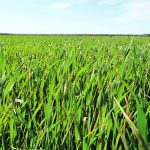FIRST PERSON: As summer approaches, there is comfort in tradition as thoughts turn to harsh times yet to come
I admire my compatriots. Despite everything, they stubbornly do their job. Their thoughts are with hundreds of thousands of compatriots in military uniform who, despite everything, are steadfastly repelling the enemy.Stories by Freelance writer
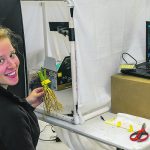
Discovery of gene helps corn withstand drought
Research team is working on breeding crops with better drought tolerance and reduced need for fertilizer
Scientists at Penn State University have made a discovery that could lead to a new variety of corn able to withstand drought and low-nitrogen soil conditions, potentially easing future global food insecurity.
The quest for the strongest pants
“Waist overalls” evolved from tough overgarments to save miners’ clothes to into durable, fashionable workwear for all
Blue jeans have long been a favourite of ranchers, farmers and miners who need tough clothing to withstand long days of active wear. Today, jeans are everywhere and are worn for a lot more than work. The journey to success for jeans began with two men with very different stories. One had business savvy. The […] Read more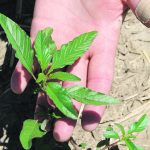
Waterhemp’s genetic adaptations discovered
Genetic mutations make it possible for the weed to rapidly adapt to agricultural conditions and environmental changes
A single waterhemp plant can grow 2.5 centimetres a day and, in a growing season, each single plant can produce up to 4.8 million seeds.
Reducing grain-handling and storage hazards starts with bin preparation, safety plan

Bird farm provides welcome sanctuary
Central Alta. facility has helped mountain bluebirds, purple martins, barn swallows and tree swallows make a comeback
Mountain bluebirds have had a sanctuary for decades at the Ellis Bird Farm near Lacombe, Alta., but keeping the sanctuary safe for the birds hasn’t always been easy. The bluebirds have had to fight off aggressive invasive species like the house sparrow to compete for nesting space. Charlie Ellis and his sister, Winnie Ellis, became […] Read more
Grandchildren prompt move to the city

Sugar beets have long history in southern Alta.
Producers began growing the crop in the early 20th century with the manual labour coming from a variety of sources
From a sweetener for your morning coffee, to baking muffins or going the extra mile and making your own jams and jellies, Rogers or Lantic brand of sugar, depending on the province it is marketed in, is a staple in western Canadian kitchen pantries. This sugar is grown and refined in southern Alberta, from the […] Read more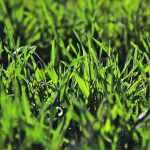
Cover crops may have potential to lower yields
Researchers have found the effect cover crops have on primary crops depends on the environment and how they are used
Recent research has shown that cover cropping could lower crop yields and lead to negative environmental impacts caused by expanded cultivation necessary to make up for those yield losses.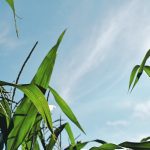
Resetting plants’ clocks could improve yields
Plant breeders may be able to exploit circadian rhythms using chronoculture to make improvements to crop production
In the past 25 years, studies on plant circadian rhythms — a 24-hour oscillator adapted to living on a rotating planet — show that they profoundly affect plant physiology.
